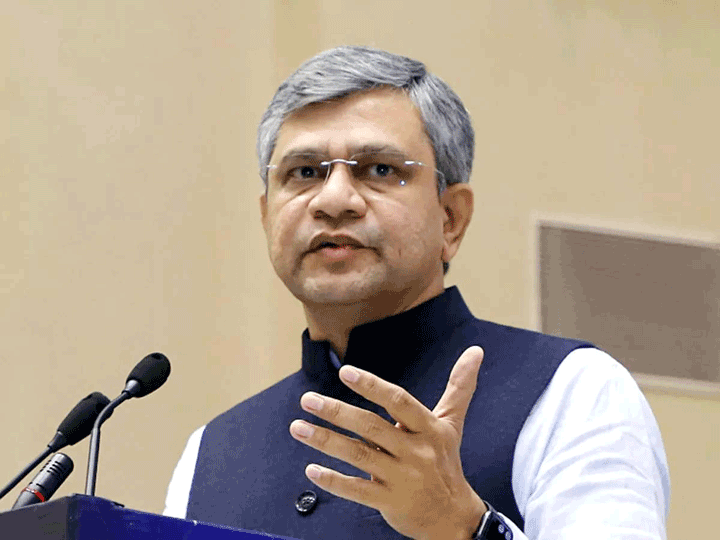Sony plays to strengths in games, sensors as it vows revival
TOKYO: Once at the leading edge of consumer electronics, Sony Corp. is now more lumbering giant than trend-setter after falling behind competitors such as Samsung Electronics Co. and Apple Inc.
Sony watchers are urging the down-on-its-luck company to rediscover its pioneering ethos. Founded in 1946, Sony symbolized Japan’s rebirth after its World War II defeat, rising from humble beginnings. It had little else besides the smarts of founders Masaru Ibuka and Akio Morita, to come up with hit after hit: the transistor radio, home tape recorders, the Walkman portable recorder-and-player.
In a sign of its travails, the Tokyo-based electronics and entertainment conglomerate Thursday reported a net loss of 126 billion yen ($1.1 billion) for the fiscal year through March, almost as bad as the 128.4 billion yen loss it racked up the previous fiscal year. Annual sales rose nearly 6 percent to 8.2 trillion yen.
Sony is forecasting a return to profit at 140 billion yen ($1.2 billion) for the fiscal year through March 2016. It is seeking to rebuild its operations around its strengths. Here’s what’s ailing and promising in Sony’s business areas:
TELEVISIONS:
Back in the 1960s, Sony dominated in TVs with its own technology called Trinitron, which boasted such a reputation for image quality it won an Emmy Award in 1973. But Sony underestimated the industry’s switch to flat-panel TVs from CRT, or cathode-ray tubes. Sony has lost money in its TV business for the past decade. Samsung of South Korea leads with about a third of the global TV market share, followed by LG Electronics. Sony trails with under a tenth of the market. Last year, Sony split off the TV division as a wholly owned entity. And it’s banking on 4K, with image quality superior to high-definition, or “ultra-HD,” each set costing as much as $25,000. The problem: Rivals are all working on the same.
“Sony management keeps saying the electronics market is shrinking. But that’s a given. Sony in the past came up with products that created new product sectors,” said Yasunori Tateishi, who has written a book on Sony’s woes.
IMAGE SENSORS:
Image sensors are used in devices such as smartphones, digital cameras, medical devices and self-parking cars, and translate the information of a pictorial image into digital signals. Sony’s sensor technology, known as CMOS, was years in the making and its development was expensive, causing the division to post years of losses. Sony might be finally ready to cash in on the investment. It is moving aggressively into high-end video cameras and SLR, or single-lens reflex, cameras, underpricing powerful Japanese rivals Nikon and Canon.
Sony’s latest cameras can take smooth video of fast-moving objects and shoot video where there is almost no light. Although smartphones have eroded Sony’s Cyber-shot digital camera business, Sony is now wooing professional and upscale amateur photographers. Sony also acquired a 20 percent stake in medical equipment maker Olympus Corp. in 2012, to develop endoscopes and other surgical tools packed with Sony technology, such as three-dimensional imaging and 4K.
Kazunori Ito, analyst at Barclays in Tokyo, believes that image sensors, along with games, can be counted on to be the new profit drivers for Sony, at a time when restructuring charges are winding down. The cameras are drawing new fans, including Havard Ferstad, a 34-year-old IT consultant and Tokyo resident, who has bought a 200,000 yen ($2,000) Sony camera. “The thing is that Sony has high quality sensors in their still cameras, and they are giving it to consumers at a relatively low price,” he said.











